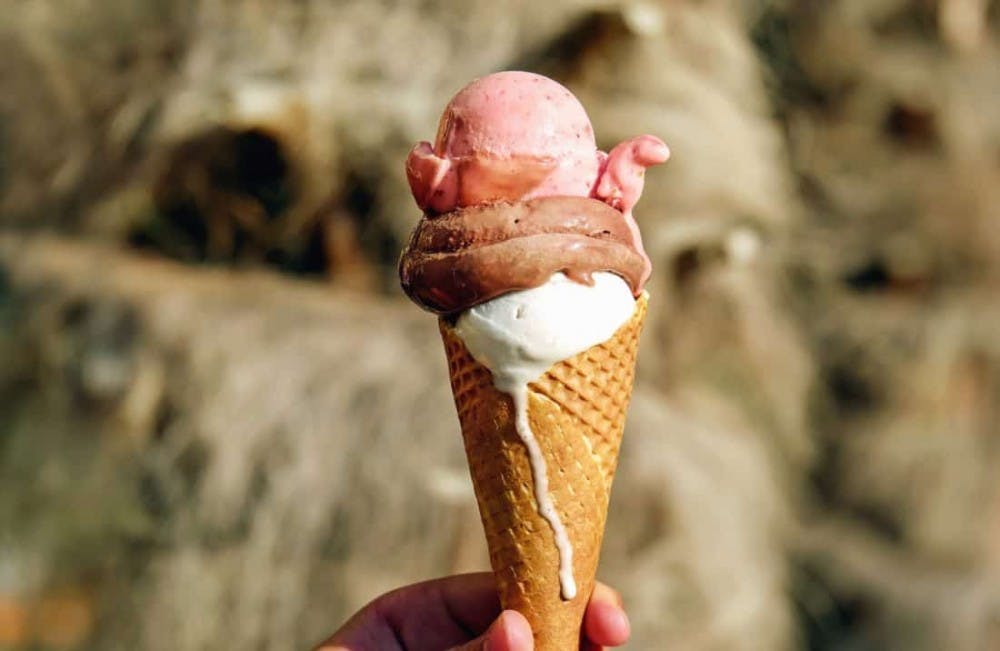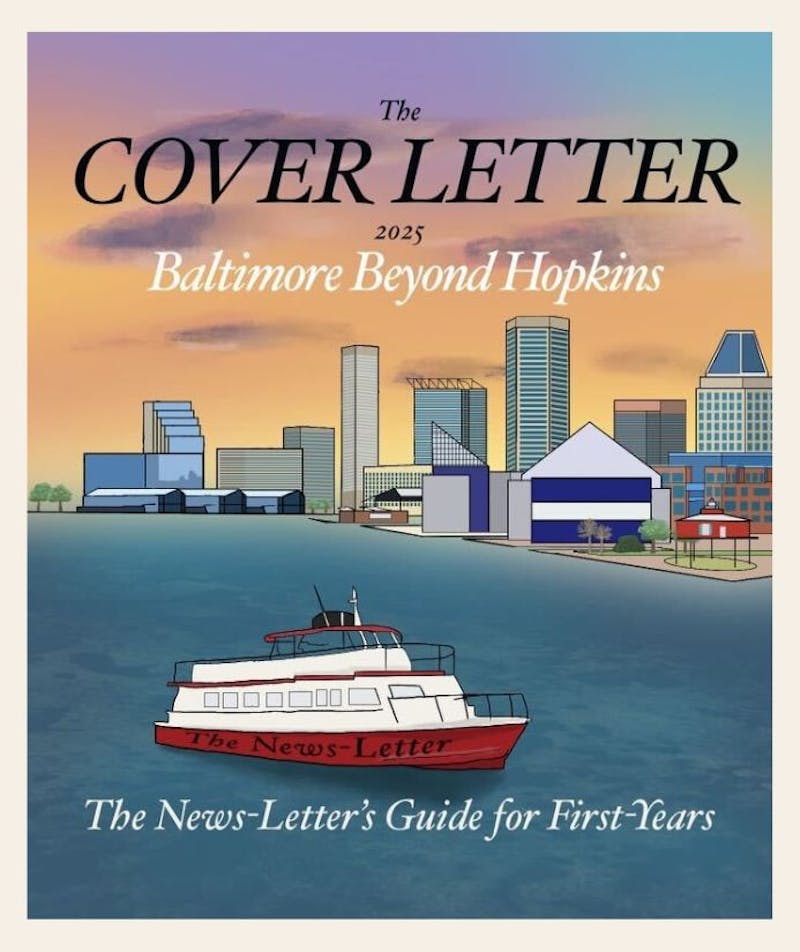
We spent weeks trying to figure out what we would call this column. We tried out a lot of ideas. We still aren’t sure that we’re happy with this one. But eventually, we just had to put ourselves out there.
We floated The Rainbow Connection, The G-Spot and Cuffed Jeans and Gay Queens. Nothing felt right. For a while we just called it The Gay Column, and that worked as a stand-in, but we weren’t happy with it.
Putting the column in print, there was a lot of pressure to come up with a title that felt right and represented what we wanted to say. We knew that after the first piece came out, there would be no going back.
That’s sort of how it felt when we came out.
Of course, everyone has different experiences coming out. Some of us tried different labels like ice cream samples at The Charmery. Some are good, but they’re not what we’re feeling that day. Others are icky (looking at you, sherbert). But then you find that one perfect flavor, and everything falls into place (in a waffle cone).
Gillian likes sherbert, so she’s mad that I wrote that. But I’m not a huge fan.
The label “gay” floated around a lot when I was growing up. I was teased sometimes by older kids and by classmates. It was never too bad, but they would say things like “don’t be so gay” all the fucking time.
I can remember talking to my mom about it one time, and she just asked, “Well, are you gay?” And I insisted that no, I wasn’t. I was probably seven.
The question is not whether I lied about my sexuality as a seven year old. The question is: Why was I asked about my sexuality as a seven year old? Why was there already an expectation to pick a label?
In sophomore year of high school when I had my first boyfriend, I was still apprehensive of the label. I spent two years wrestling with the idea after I had my first kiss with a boy in the eighth grade, and I wasn’t ready for “gay” yet, so I told my mom that I liked girls and boys.
Let’s be clear: Bisexuality is valid, and bisexual people should not be pressured to “pick a side.” It’s a common label people use when they’re still figuring things out because it feels safer, but it didn’t take me long to embrace gay.
Of course, that has changed somewhat over time. Meeting people with various gender identities and expressions in college made me reconsider my sexuality. In some settings, I still identify strongly with gay, but in others I prefer queer. It feels connected to a larger community, something I wasn’t familiar with until I left high school.
Queer is a nice word to use, because you can say inclusive things like “the queer community.” It connects LGBTQ people to an important history. Best of all, straight people are actually legally not allowed to use the word (you can arrest them if they do).
I feel comfortable with the labels gay and queer. They’re good flavors, like strawberry cheesecake or Maryland Mud. Most importantly, I embraced them on my own terms; I wasn’t pressured into them. Bisexual tasted alright at the time, but it wasn’t for me. Maybe some people like sherbert. I won’t judge.
It genuinely confuses me that Jacob doesn’t like sherbert, but I guess I have an obligation to respect his ice cream preferences (even if he’s wrong), because the queer community is about support and respect. We learn from one another, and we teach each other new things everyday, because sometimes it’s not clear from a name like Saturday Morning Cartoons what’s in the ice cream.
When I went to the Baltimore Women’s March this year, my friends and I ended up at the rally behind a small cluster of older women. One of the speakers used the phrase “LGBTQIA,” and the women in front of me were trying to figure out what the A stood for.
I jumped in with “asexual.” They thanked me and joked about how, as older lesbians, they rely on the younger generation to keep them up to date with the terminology in the community. One of them asked me what labels I use.
“I use gay or lesbian,” I said, “but I think I’m most comfortable with queer.”
This is not because I don’t like gay or lesbian or feel like they don’t fit me. I think it’s just because queer is more inclusive. It stretches beyond gay and lesbian and covers bisexual, pansexual and asexual. It’s a larger umbrella, and it keeps me safe from the rain. In this metaphor, rain is commitment to any label, because coming out is hard and scary, and I shouldn’t (and don’t) feel married to any one identity.
My labels also change with environment and circumstance. I prefer queer with strangers or in an academic setting — like at the Women’s March, in this article or when I drop the phrase “as a queer woman” before shutting down a straight guy in a gender studies class.
But I use gay with my friends more, because it’s short, it’s sweet, it’s much easier to elongate and yell across the room. I’m gay, the color green is gay culture, this column is gay. I label myself and things as gay, and that’s more about having fun and feeling comfortable with myself and my identity. It’s about reclaiming a word that was an insult when I was in middle school. It’s about saying it enough that it doesn’t feel like something strange or other.
Finding a label is hard, and I still haven’t found the perfect one. Maybe I never will, but that’s okay. I like too many ice cream flavors to stick to one.
Maybe The Gay Agenda doesn’t cover everything we want to talk about in this column, but that’s okay. Today, it fits. It’s funny, it rolls off the tongue, it’s eye-catching and we like it. And that’s the most important thing.





